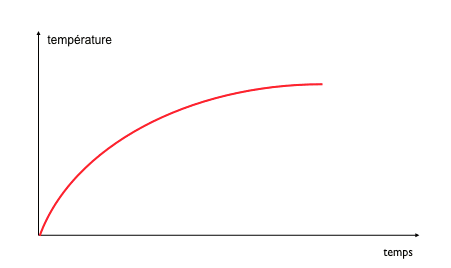Fusing the transferred image onto the paper

The transferred particles have to be fused in order for the toner material to flow and penetrate the paper fibers.
Here are the different physical states that the resins in the toner material have to reach for achieving a performant fixation:
- start from solid state (ambient temperature): well individualized, solid, hard particles, of irregular shapes
- visco-elastic state (temperature > glass transition temperature Tg): particles tend to approach spherical shapes
- viscous-fluid state (temperature > fusing temperature Tf): particles tend to coalesce and form a viscous fluid
- the fused mass flows and wet the paper irregularities
- cooling down (back to ambiant température)
Early machines used the radiant power from halogen lamps, complemented by a pre-heating sole to heat the paper and help for efficient fusing. Starting with third generation products, a flash fuser was introduced that brought the advantage of heating rapidly the toner while leaving the paper reasonably cold.
